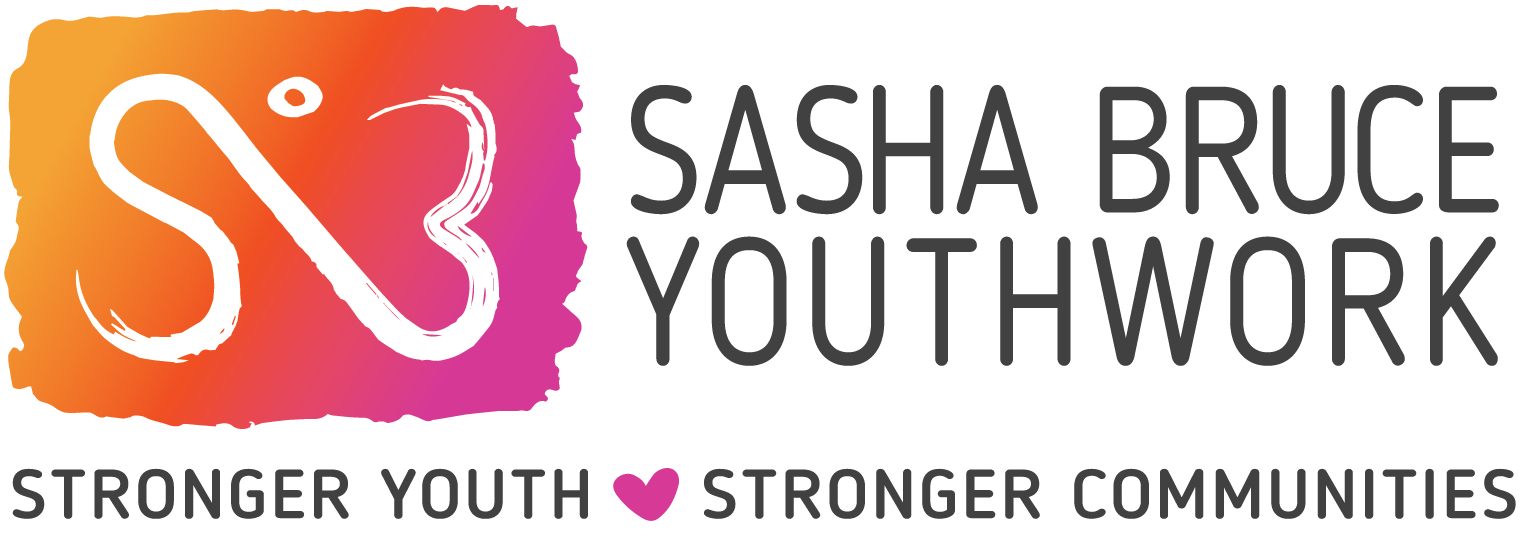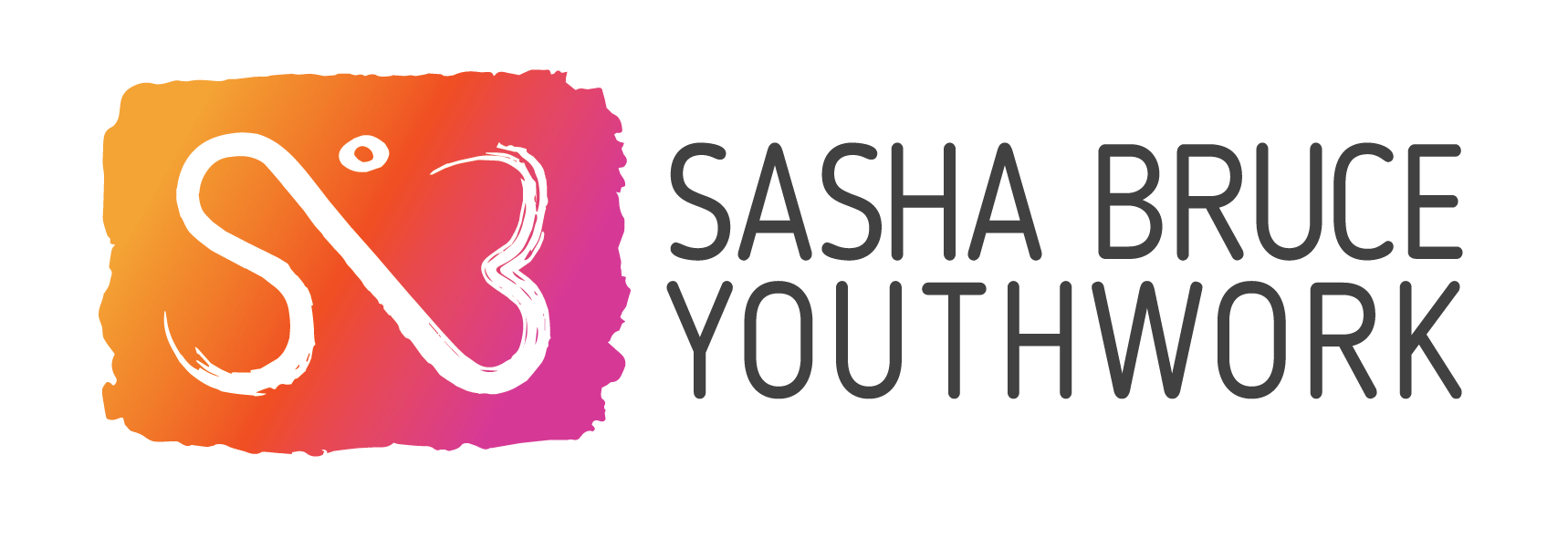by Leigh Bailey, Senior Manager, Institutional Giving
When the COVID-19 lockdown began, Sasha Bruce saw a dramatic increase in the number of young people coming to our Barracks Row Drop-In Center for survival services.
We learned that the lockdown exacerbated fragile home situations for many transition-age young adults aged 18 to 24. We also learned that many of these individuals, though unhoused, feared going to a congregate shelter and opted to sleep outside or in abandoned buildings instead.
Some needed shelter for a short time to get back on their feet, whereas others needed long-term support. So Sasha Bruce launched a sustainable solution – Philip Reid House. Philip Reid House provides both emergency shelter and longer-term transitional housing for up to 24 young adults.
Reid House opened its doors in February 2021 to young adults like twenty-four-year-old Marquette, who shared, “I was part of a very toxic household. I didn’t feel safe at home. There were moments in time where I felt I had no one, where I felt I had nowhere to go.”
The shelter portion of Reid House is extended housing which means youth have their own room and do not need to exit at the end of the night like traditional shelters. This allows us to provide more comprehensive support unavailable in mass shelters.
Reid House and other Sasha Bruce programming was made possible through strategic partnerships with organizations like Capital One. Capital One provided a Rapid Response Funds grant just weeks after the pandemic began. This quick funding enabled us to meet our clients’ increased needs including providing meals, computers, and internet access for remote learning.
Capital One also launched an employee giving campaign which resulted in hundreds of meals delivered to Promise Place, our emergency youth shelter in Prince George’s County.
Capital One staff stayed in touch during the pandemic’s ups and downs to ensure they understood our program’s needs and how they could have the most significant impact. When we faced a funding gap at Reid House that would have prevented us hiring a Case Manager, and reducing the Client Needs Fund at Reid House, we reached out to them for assistance.
Capital One understood our funding complexities and helped us close a critical funding gap. We can now hire an additional full-time Case Manager.
Capital One’s grant is also helping to cover our “Client Needs Fund” for Reid House. Clients, many of whom arrive at our programs with little more than the clothes on their backs, have various essential needs. These include transportation to a new job until a client receives their first paycheck, food until SNAP benefits begin, and clothing for work or school.
With intensive case management and their needs met, young people can focus on moving toward self-sufficiency. Today, Marquette is working full-time for the National Park Service and saving for his apartment and car. He says, “I’m glad I asked for help.”
Reid House was able to bridge a gap in Marquette’s life just like Capital One bridged a gap for Sasha Bruce. Corporate partnerships are a vital part of transforming lives in our community.
“Sasha Bruce is meeting essential needs for some of our community’s most vulnerable young people,” said Dane Moist, Manager, Community Impact & Investment at Capital One. “We know our funding is giving their clients the independence they deserve.“
If you’d like to learn more about partnering with Sasha Bruce, please contact Leigh Bailey, Senior Manager of Institutional Giving, at lbailey@sashabruce.org.









